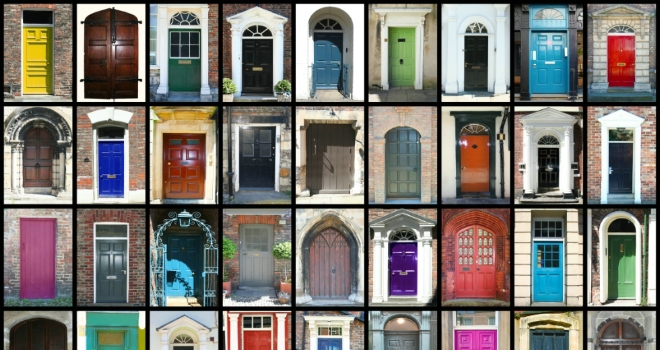
According to new research from Help-Link.co.uk, 1 in 5 tenants in Britain describe their current renting conditions as a 'nightmare'.
Last year, Citizens Advice reported that rogue landlords were raking in £5.6 billion in rent payments each year for unsafe homes that did not meet legal standards set out by the Housing Health and Safety Rating System.
This includes category 1 hazards such as severe damp, rat infestations and even risk of explosion. The report also reveals a whopping 740,000 households in the UK presented a “severe threat to tenants’ health”.
The study discovered that damp is the largest issue within these ‘nightmare’ households, as 41% are currently living with this.
The Citizens Advice report highlights that those living with a category 1 hazard like this were paying an average of £157 per week in rent. Because of this, more than 1 in 3 (34%) tenants who conflicted with their landlords said their homes were bad value for money.
Worryingly, families with young children are living in these conditions. Many parents have no alternative and therefore feel desperate; 23% say they have tried to leave their accommodation but can’t because they are tied to a contractual agreement.
However, if the landlord is willing to compromise, there may be a solution for these families. Paul explains that “it is possible to end an agreement at any time if both parties agree. This is called surrender.’’
Nonetheless, some tenants feel this is an impossible solution as 1 in 5 landlords in the UK fail to even respond to tenant complaints or communication.
Mould and heating amongst the worst culprits.
This winter, 34% of tenants will be living in a house with mould and 1 in 4 don’t even have access to functional heating. After raising these issues with their landlords, respondents reported that it took, on average, seven-and-half-weeks for landlords fix problems like this.
Paul had this to say: “The colder months present a series of significant risks to rental properties, particularly relating to heating systems. One of the common complaints we have found in the past is that some tenants make it difficult for landlords to visit the property. However, regular inspections are imperative to check pipes for breaks, leaks, and blockages, bleed radiators and arrange routine boiler checks. Blocked or leaking pipes can freeze during the cold months, then expand and burst.”
Other issues within Britain’s homes include building faults (33%), water leaks (30%), damaged windows (20%), unwanted pests (12%) and even broken fire alarms (10%).
In October 2015, it became a legal requirement for landlords to install working smoke alarms on every floor of their properties, and test them at the start of every tenancy. However, landlords fear that tenants tamper with them to prevent them from going off.
The controversy surrounding deposits
37% of tenants don’t receive their full deposit back, with the average tenant losing around £355 at the end of their agreement. More than 1 in 4 who have lost their deposit believe this is due to wear and tear, which they argue is something landlords should expect to happen when they rent out a house.
Paul clarifies the rules surrounding deposits, explaining that “landlords cannot simply retain a deposit or any part of it without giving explicit and clear written reasons for doing so.
Paul said: “There are many reasons why a landlord may need to make deductions from a tenant’s deposit, such as damage to the property or missing items. This is where the importance of a thorough inventory comes into its own, as a check-out report can be compared against the inventory and schedule of condition.”
Landlords aren’t always the bad guys
It’s common for landlords to suffer damage to their property or have disputes over unpaid rent.
Paul states that “Tenants are often found to withhold rent for many different reasons. However, withholding rent is often the start of the breakdown between landlords and tenants. We regularly come across cases where tenants have fallen on hard times and rather than communicate with their landlord for fear of losing their home, they instead choose to avoid paying the rent until the landlord reaches breaking point and the end result is eviction.”
This year, between January and June 2016, GOV.UK reported there were 21,435 county court bailiff evictions. As the map below illustrates, the majority of evictions occur in the south of England.
Between April and June 2016, there were just five local authorities in the UK with no landlord repossessions by county court bailiffs (Maldon, Ribble Valley, North Kesteven, West Somerset and City of London).
Of the 20 boroughs that had the highest number of evictions, London local authorities accounted for 17. The highest proportion of landlord repossessions was in in Enfield, at 298 per 100,000 households.





